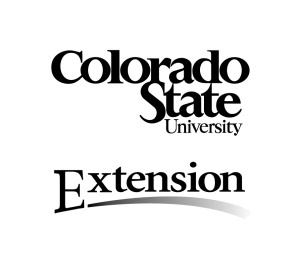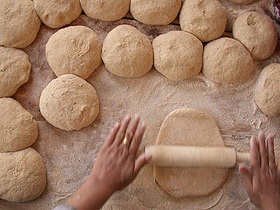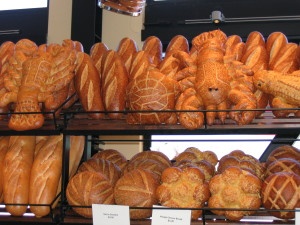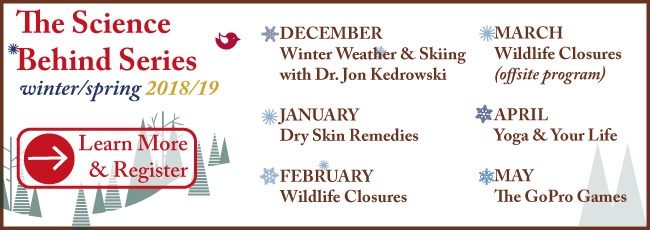Have you ever wondered how something works or how something was made? In the monthly Science Behind series, we partner with a guest presenter to explore a large variety of interesting topics. The Science Behind series offers opportunities for adults to apply new knowledge and skills to everyday life, while having fun!
** This Science Behind event took place in January, 2015 **
The Science Behind High Altitude Baking & Recommended Recipes
The mountain environment is great for outdoor recreation, but not so great for baking. At some point or another, most of us living in the Rockies have been disappointed by sunken bread loaves, dry cakes or flat cookies. The higher we are above sea level, the lower the air pressure, which greatly affects the already-complex chemistry of baking. To add insult to injury, our dry climate often translates to dry ingredients. Come to the Science Behind High Altitude Baking at Walking Mountains Science Center on Wednesday, January 28, 2015 to learn how to alter your recipes to make your baked goods come out perfect every time.
The guest presenter is Glenda Wentworth, Family and Consumer Science Agent from the Colorado State University Extension in Eagle. Glenda loves to share her tips and expertise in baking chemistry. Learn why you’re supposed to bake items longer, add more liquid, and add less sugar and by how much - knowing why we make these alterations we do will make us better kitchen chemists overall. Participants in this interactive program will experiment with baking recipes and get to taste-test the results!
The Science Behind series, held monthly, offers hands-on activities along with science instruction from local experts on a wide variety of topics. The series is made possible by Vail Honeywagon Enterprises, Inc.
High Altitude Baking Gingerbread Recipe

For a taste of the event, please enjoy this recipe from the CSU extension publication, “High Altitude Baking: 200 delicious recipes and tips for great cookies, cakes, breads, and more” which will be available for purchase at the program.
GINGERBREAD
- 2 1/3 cups sifted all-purpose flour
- 3/4 t. baking soda
- ¼ t. cinnamon
- ¼ t. nutmeg
- ¼ t. allspice
- 1 t. ground ginger
- ½ cup sugar
- 1/3 cup vegetable oil
- 2 large eggs
- ¾ cup molasses
- 2/3 cup water
 Preheat oven to 350° F. Grease and flour bottom of 9x9” baking pan. Mix and sift flour, baking soda, spices, and sugar into a bowl. Add oil, eggs, molasses and water; beat for 30 seconds with mixer at low speed, scraping the bowl frequently, until well combined. Pour batter into pan. Spread batter from center so it is slightly higher at the edges. Bake for 40-45 minutes, or until toothpick inserted in center comes out clean. Remove from oven. Leave in pan and cut into squares. Serve warm.
Preheat oven to 350° F. Grease and flour bottom of 9x9” baking pan. Mix and sift flour, baking soda, spices, and sugar into a bowl. Add oil, eggs, molasses and water; beat for 30 seconds with mixer at low speed, scraping the bowl frequently, until well combined. Pour batter into pan. Spread batter from center so it is slightly higher at the edges. Bake for 40-45 minutes, or until toothpick inserted in center comes out clean. Remove from oven. Leave in pan and cut into squares. Serve warm.
Altitude Adjustments:
6,500 – 8,500 feet: Decrease baking soda to ½ teaspoon. Raise oven temperature to 375° F. 8,500+ feet: Decrease baking soda to ½ teaspoon. Decrease sugar to 1/3 cup. Raise over temperature to 375° F.
Space and materials are limited; participants must call Walking Mountains Science Center at (970) 827-9725 to RSVP.
If You Go...
What: Science Behind High Altitude Baking
When: Wednesday, January 28, 2015 | 6:30-8:30PM
Where: Walking Mountains Science Center, Avon
Cost: Free, donation suggested









